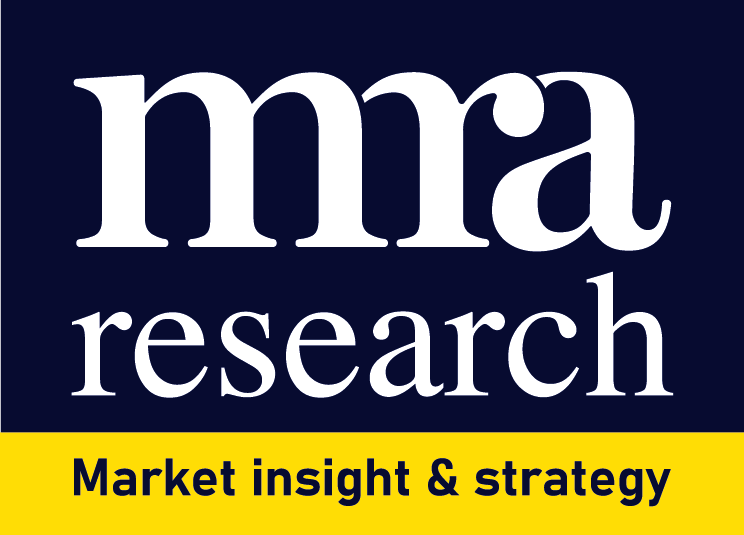Today’s supply chain heroes

In 1998, a leading retailer became the first British retailer to make a pre-tax profit of over £1 billion. Shortly after, it went into rapid decline taking the company and stakeholders by surprise. Until the last two or three years, when it began to rehabilitate itself, it seemed unable to put a foot right.
An icon in the 1990s, they bragged that the only market research they did was to listen to the sound of their tills. The sound told them all they needed to know about customer satisfaction, quality, and product popularity. But they didn’t hear the sound of competitors’ tills ringing as customers drifted away. They were flying blind, too arrogant, complacent and short sighted to notice or track the drift and find out why. When sales declined and profits tumbled the company had no idea why or how to fix it. And it took the best part of 20 years, a graveyard of highflying executives, and the sort of research they should have been doing all along to turn it around.
So long as profits held up they measured what was under their noses, and ignored what they couldn’t see. Ex-customers and slow-building trends were invisible and below their radar. They overlooked the progress rival stores were making, on and offline, some of whom they barely classed as competition. They didn’t look, so they didn’t see, while those who did their research took them to the cleaners.
The last three years have taught us that years of stability can be followed by years of unprecedented instability, instability which tests the supply chain and merchant suppliers to the extreme. Smart suppliers, who look ahead and prepare to keep their customers and the supply chain working effectively, no matter what, are today’s true supplier of the year heroes.
